Most Popular
See All Products-
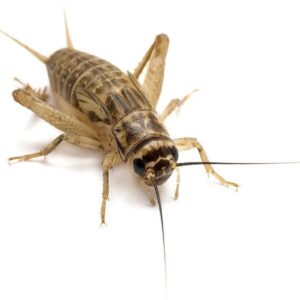 Select options This product has multiple variants. The options may be chosen on the product page
Select options This product has multiple variants. The options may be chosen on the product page -
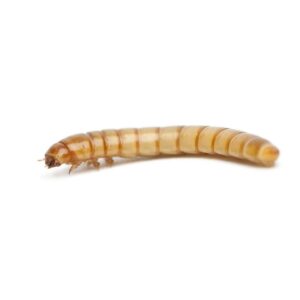 Select options This product has multiple variants. The options may be chosen on the product page
Select options This product has multiple variants. The options may be chosen on the product page -
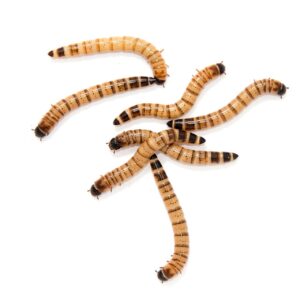 Select options This product has multiple variants. The options may be chosen on the product page
Select options This product has multiple variants. The options may be chosen on the product page -
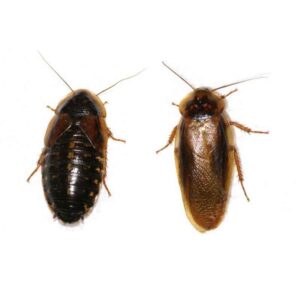 Select options This product has multiple variants. The options may be chosen on the product page
Select options This product has multiple variants. The options may be chosen on the product page -
Sale!
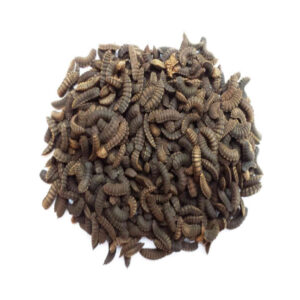 Select options This product has multiple variants. The options may be chosen on the product page
Select options This product has multiple variants. The options may be chosen on the product page -
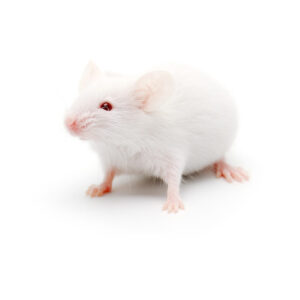 Select options This product has multiple variants. The options may be chosen on the product page
Select options This product has multiple variants. The options may be chosen on the product page -
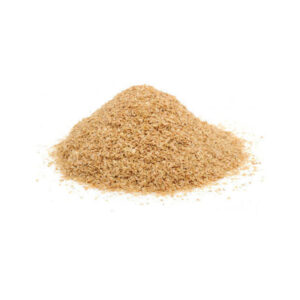 Select options This product has multiple variants. The options may be chosen on the product page
Select options This product has multiple variants. The options may be chosen on the product page -
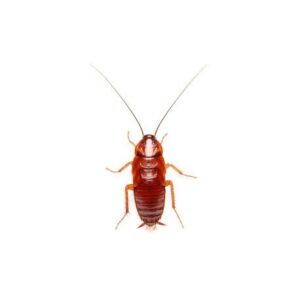 Select options This product has multiple variants. The options may be chosen on the product page
Select options This product has multiple variants. The options may be chosen on the product page
Ordering Process
A simple and secure shopping experience.
Delivery
Get your products delivered directly to your door nationwide.
Collection
Collection from our premises in Gauteng is also available. Please book your order online and send us an email requesting to remove the shipping fees and confirm a date and time for collection within our operating hours.
Payment Methods
Choose between secure online payments or cash on delivery.
Ordering Process
A simple and secure shopping experience.
Delivery
Collection
Collection
Collection from our premises in Gauteng is also available. Please book your order online and send us an email requesting to remove the shipping fees and confirm a date and time for collection within our operating hours.
Payment Methods
Welcome to the silkworm shop
About Us
Bringing you the first ever in South Africa, year round online silkworm supply! Our aim is to bring all kinds of “Super Feeder Insects” to the market.
Shop NowBringing you the first ever in South Africa, year round online silkworm supply! Our aim is to bring all kinds of “Super Feeder Insects” to the market. The entire team from Silkworm Shop is involved with all sorts of reptiles and mammals which makes us the perfect group to understand how important clean, healthy and nutritious feeder insects are for your animals. In particular, we noticed our chameleons growing and developing the most vibrant colours during the September Silkworm season. This encouraged us to start thinking of ways on how we could provide Silkworms throughout the year. With years of research, time and dedication, we can safely say that we are providing a high quality silkworm chow that allows silkworms to go through the exact same life cycle as they would on a mulberry leaf diet. This is what allows us to breed silkworms throughout the year, in the quantities that we are providing them in. We are dedicated to maintaining the highest level of excellence in everything that we do. As it stands, we have various live feeder insects and accessories for sale: We are steadily growing our bases and knowledge for each insect that we provide and have started various breeding programs and negotiations to provide the following insects to the market: The common grey cricket (Acheta Domestica) is a light brown colour with powerful hind legs, two pairs of wings, flattened bodies and antenna that can be as long as their bodies. They have a reasonably high protein content with a minimal fat content which often makes them a desirable feeder insect. Silkworms are the larval form of the Bombyx Mori moth. Silkworms are exceptionally good feeder insects for all insect eating reptiles, mammals, birds and amphibians. They boast a high protein and calcium content (which is a necessity for egg and feather development) as well as low fat ratio. Silkworms do not have an exo skeleton like other feeders which allows their nutrition content to be absorbed a lot easier by your pets. Wax worms are the larval form of the wax moth (Galleria Mellonella) which are a creamy white colour resembling maggots. Wax worms carry a high fat content which makes them a very desirable treat for many animals (often used for fussy eaters). Wax worms should not be used a staple food but rather as an occasional treat. Meal worms are the brown, worm-like larva of the darkling beetle (Tenebrio Molitor). They are often used for smaller reptiles, birds (chickens most commonly), fish and many other animals. They are high in protein and fat. They are very easy to maintain. Superworms are the black and brown larval form of the darkling beetle (Zophobas Morio). Superworms are a very common feeder insect in the reptile industry which should not be confused with giant mealworms which are meal worms sprayed with juvenile growth hormones. Superworms are often considered a favourite for animals such as bearded dragons and monkeys. Fruit flies are one of the easiest feeder insects to care for. They come in 500ml containers with all the food and water they require for the next 4 – 6 weeks. We currently offer Drosophila Hydei fruit flies which are slightly larger than the melanogaster. They have been specifically cultured to have shorter wings which prevents them from flying. These are the perfect feeder insects for small animals such as baby chameleons and fish. Black soldier fly larvae otherwise known as Calciworms are feeder insects that are extremely high in calcium. They are not intended to be used for a staple diet however, they are premium feeders that allow for a lot less calcium dusting and gut loading. Gut loading is one of the most essential activities to keeping a healthy, well maintained pet as it ensures all the nutrients required in an insect are present when feeding. Gut loading refers to the practice of feeding insects that would benefit your benefit your pet. If you had to consider each of those insects you’re feeding to your pets as a vitamin tablet, and inside these vitamin tablets you have various elements that are designed to improve the overall health of your reptile or other pet. In order to provide your pets with the optimum nutrition, you need to provide your insects with the optimum nutrition (you are what you eat). As a general rule of thumb, we recommend gut loading your insects at least 24 hours before feeding them to your pets to ensure that all their nutrients have been absorbed. That all depends on the type of insects your gut loading, for example, here’s what to feed crickets: There are various things you can feed your insects, it is just important to find foods that are jam packed with various vitamins, minerals and calcium. check out this video on gut loading mealworms here. In other words, what eats what? Please note that the general rule of thumb for feeding sizes for your reptile is to provide insects where the length of their entire bodies is less or the same as the space in between your reptiles eyes. Calcium dusting is extremely important along with adequate UV in order to prevent metabolic bone disease otherwise known as MBD. It is especially critical to ensure that any female reptile that is developing eggs or is preparing to breed gets the required calcium, vitamin, mineral and UV intake. Bearded dragons are among some of the favourites for most reptile keepers. They come in various morphs which represent different colours and looks. When it comes to feeding bearded dragons it is important to note that they have different requirements for the different growth stages in their life for example: Baby bearded dragons tend not to eat any veggies or fruit and solely rely on an array of insects, so it is vitally important to ensure that you provide insects with adequate nutrition and gut loading. As they get older you will need to start introducing various veggies and fruits to ensure a healthy balanced diet. Bearded dragons are generally not fussy when it comes to insects and will go for pretty much anything that moves. What we have to offer for your bearded dragon? We recommend feeding the following staple insects: silkworms, hornworms, mealworms and roaches with the occasional wax worm as a treat. Leopard geckos require a strict insect diet with added calcium and vitamin dusting. Generally, a staple diet for crested geckos would be combination of mealworms and crickets with the occasional wax worm and superworms would be a great treat (which would also help with picking up weight). Leopard geckos prefer to eat either later in the day or early in the morning. General rule of thumb is to feed 2 insects per 2.5cm length of their bodies. Leopard geckos are naturally found in the desert regions of South East Asia and as a result they tend to instinctively store and reserve fat for a later stage, this makes them highly susceptible to obesity, so it would be wise to ensure that you monitor their weight at all times: their tails should always be wider than their body and their stomachs should be flat (except after eating). What do we have to offer for your leopard geckos? Leopard geckos can eat a variety of different insects which include: silkworms, mealworms, crickets, superworms, roaches, wax worms, hornworms and more. Chameleons can be some of the most rewarding pets to have if looked after correctly (Please note they are not for every keeper – they prefer not to be held). Chameleons are strictly insectivores and require a well-balanced diet of various insects in order to keep healthy and maintain vibrant colours. Baby chameleons should be fed every day and tend to prefer faster moving prey such as fruit flies and pin head crickets as these insects stimulate their prey drive to hunt more. As your chameleon gets older it’s important to maintain a varied diet that balances enough protein, calcium, vitamins and minerals. What do we have to offer for chameleons? We prefer feeding our chameleons a staple of silkworms, crickets, hornworms and roaches with the occasional superworm and waxworm as a treat. Crickets are the most common food for spiders where the majority of tarantulas require only one or two crickets to be to them per week. Some of the larger species can eat up to six crickets per week. Again, it is important that these insects are gut loaded before feeding them to your pet. Insects are a natural source of food for most fish which is why you often see fisherman using various types of worms and maggots as bait to catch fish. Protein is a primary nutrient that is required by most living animals (including fish) which is mostly found in their soy or fish meal. Insects can alleviate the protein deficit in their diet. Check out this interesting article about insects here. Contact us for any queries or assistance on any animal or what insect we have to offer: http://13.245.183.234/contact-us/ Read More
What we have to offer:
What we currently offer:
Basic information guide on each insect:
Crickets:
Silkworms:
Wax worms:
Meal worms:
Superworms:
Fruit flies:
Black Soldier Fly Larvae:
Gut Loading:
What should you gut load them with?
What have we got to offer your pets?
Bearded Dragons
Leopard Geckos
Chameleons
Spiders
Fish
How it works:
